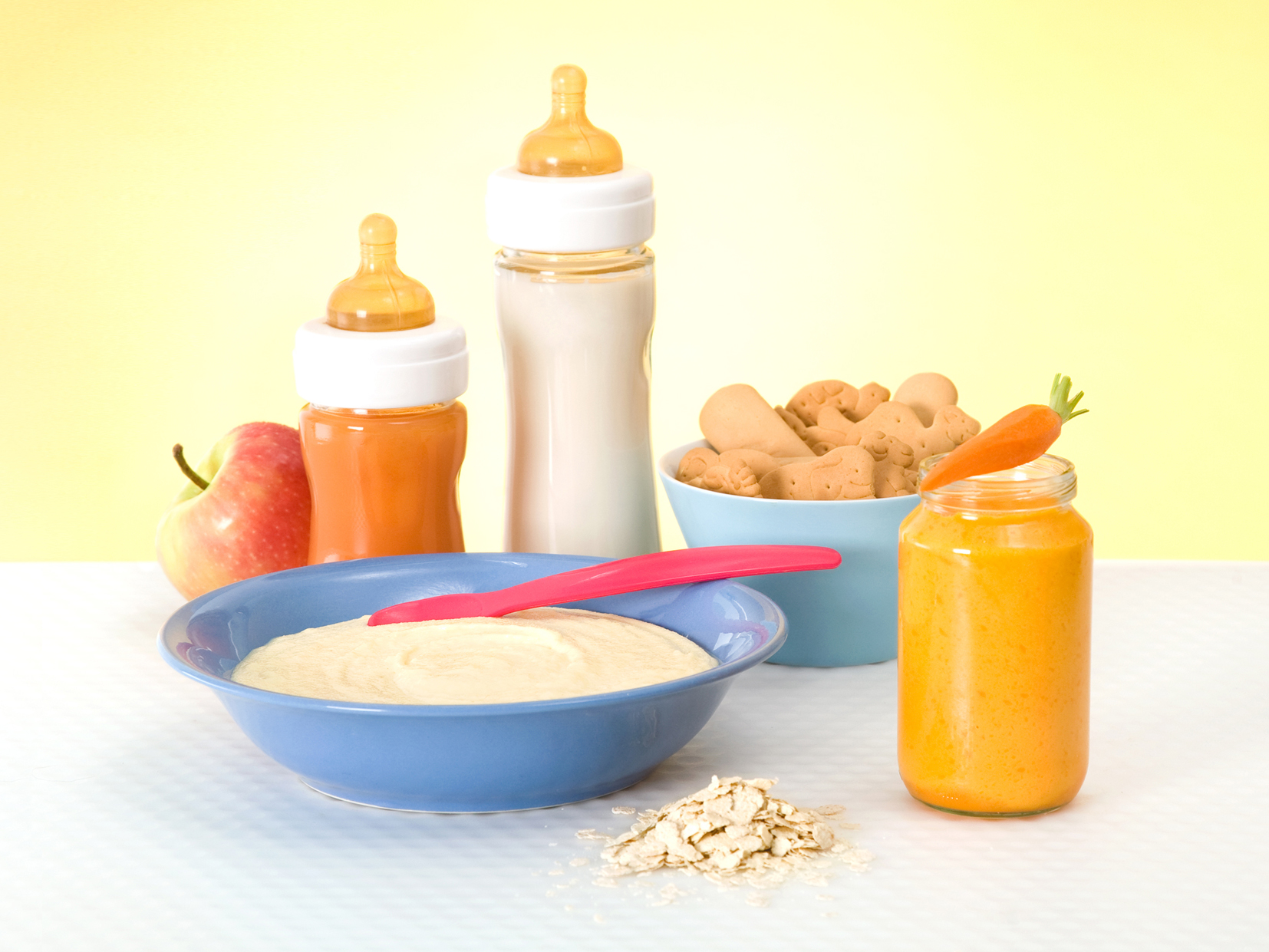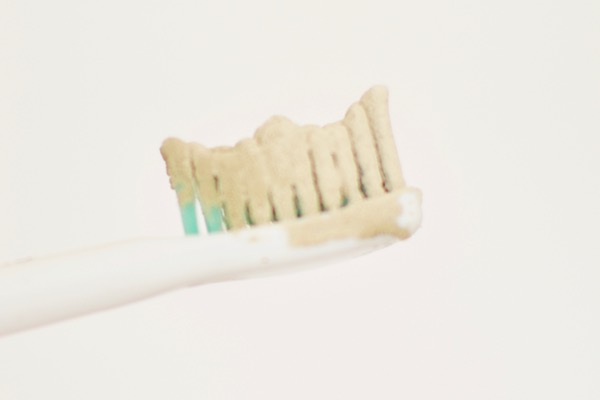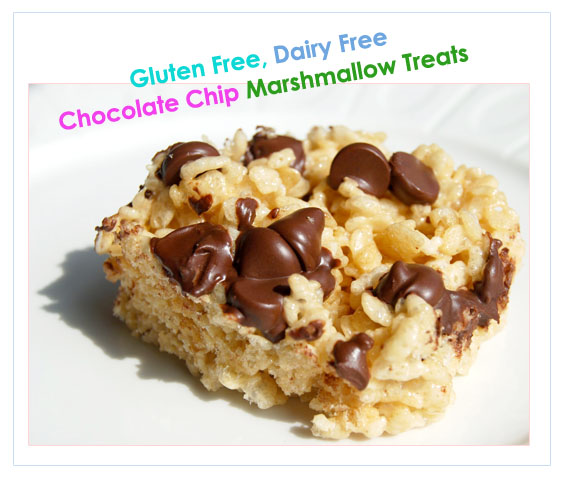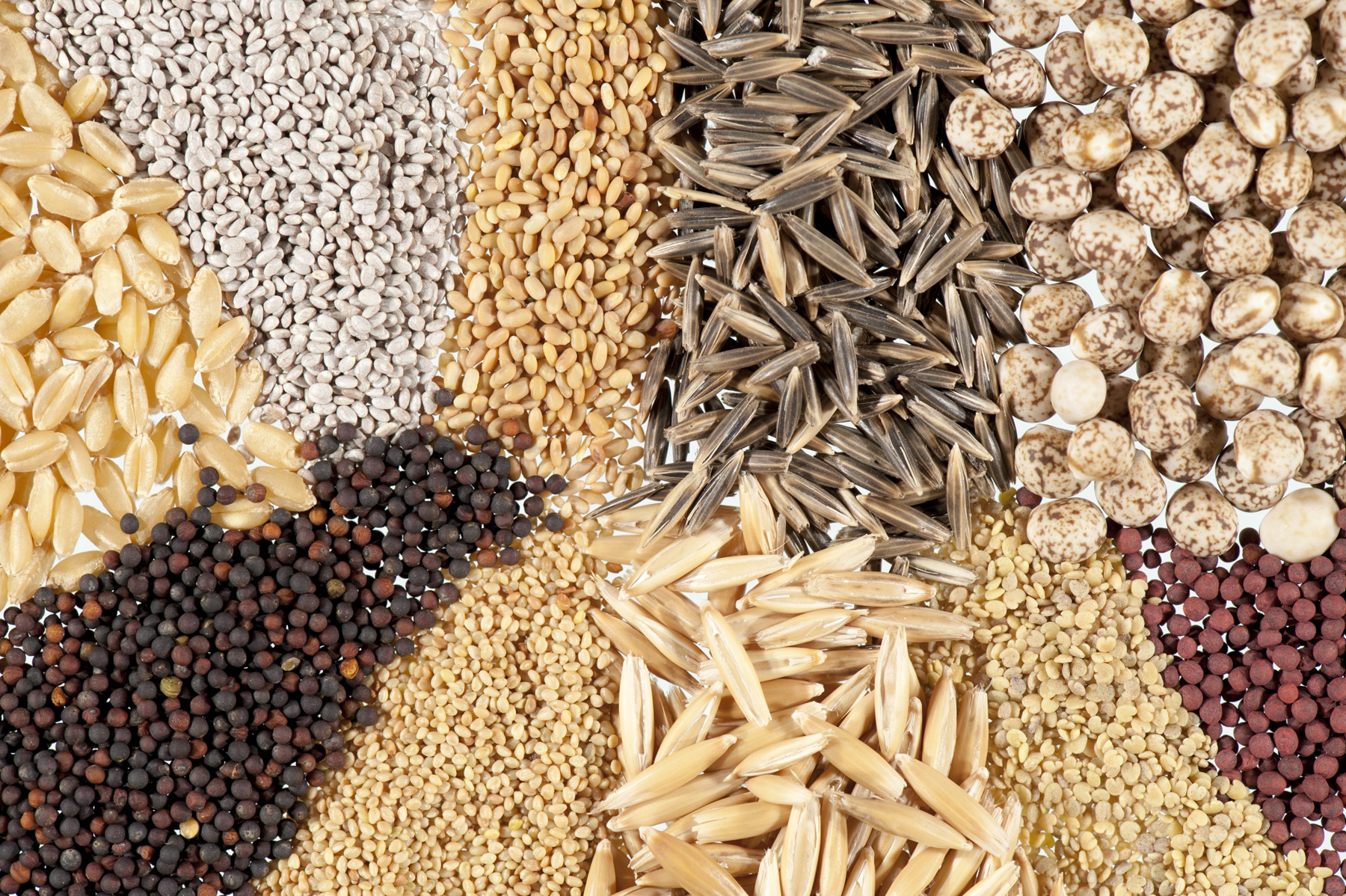Is your baby’s food poisonous?
Of all the heavy metals and toxins on the planet, arsenic is definitely one of the worst! Arsenic is actually a naturally-occurring substance found in the crust of the Earth, meaning it can get into your food. Thankfully, arsenic isn’t water soluble, so it’s one less heavy metal and toxin to worry about as you drink water.
But did you know that there’s arsenic in baby food? As hard as it is to believe, it’s something the FDA has known for a while and is taking steps to prevent…
NBC News recently reported on the FDA’s regulations on inorganic arsenic found in infant rice cereal. According to the FDA, the amount of arsenic in the rice cereal has risen to potentially hazardous levels. Thus, it has taken action to reduce arsenic in rice.
But how does arsenic get in rice in the first place? Simple: through the ground. As mentioned above, arsenic is a naturally-occurring substance found in the Earth’s crust. As the rice grows, the roots absorb nutrients from the earth. If the roots happen to absorb arsenic, the metal is transferred to the grain of rice.
Arsenic has been linked to adverse pregnancy outcomes. The more arsenic one consumes, the higher the risk of fetal development problems. However, that’s not the only cause for concern. The FDA has also taken steps to limit the amount of arsenic in baby food, due to the fact that high levels of arsenic can cause cognitive impairment.
Granted, arsenic is present in A LOT of foods–fruits, veggies, grains, and other plant-based foods. However, the amounts or arsenic in most foods are fairly low. Rice is one of the few foods where the arsenic levels rise to potentially hazardous amounts. Hence, the FDA has taken steps to limit exposure to the heavy metal.

READ MORE: 10 Foods to Avoid During Breastfeeding
Did you know that infants consume a lot more rice (comparatively) than your average adult? Rice cereal is a particularly important staple of an infant’s diet in their first year of life, and they consume the equivalent of three times what an adult consumes. It’s good thing that rice products now have the restricted arsenic content!
According to the new FDA regulations, the allowable arsenic amount is less than 100 parts per billion. Most other allergens and toxins are limited to parts per million, but the fact that arsenic is limited to parts per BILLION shows how serious the toxin can be. At this allowable limit, that is 0.1 part of arsenic per million, a safe level for infants and adults.
Before you freak out and throw away all of your rice-based baby foods, you’ll be pleased to know that the FDA tested 76 different infant rice cereals and found that almost 50% of them met this new 0.1 parts per million regulation. Nearly 80% of the samples had less than 110 parts per billion, meaning they were at almost safe levels.
That being said, it’s something to be aware of as you do your shopping and prepare meals for your family. Knowing that rice is more likely to contain arsenic will help you to be cautious with your food purchases. Perhaps it’s best to reduce the amount of rice and rice-based products you consume, particularly refined white rice. Switch to barley, quinoa, millet, and other whole grains that have a lower risk of containing arsenic. Whole grains are also far better for your health and energy levels, and will help to promote weight loss. Cutting back on rice is definitely a win-win for everyone!








